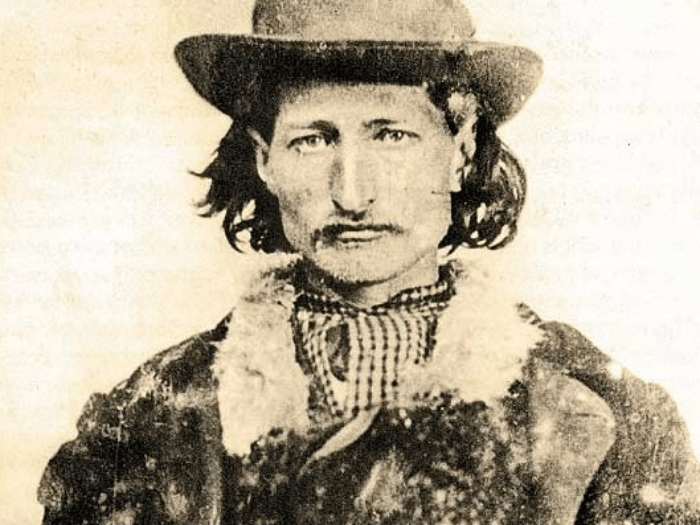


significant as the first type of the classic Western gunfight and would inspire more fiction than any other facet of the frontier experience."" Smartly, Rosa includes the lengthy 1867 Harper's magazine article that was largely responsible for Hickok's notoriety. Wild Bill Hickok Park is a neighborhood park encompassing 1.2 acres with play areas, a 0.3-mile jogging/walking trail, and a handicap-accessible playground. Tutt in Springfield, Missouri's public square. The gunfight on the street of a frontier town is a staple of Old West fiction, and that ritual, Rosa says, originated with Hickok in 1865 when he killed fellow gambler Davis K.

Jingles described Hickok as the bravest, strongest, fightingest U.S. He is said to have killed more than 100 men, but Rosa estimates the actual number to be about 10. Hickok rode Buckshot while 300-pound Jingles rode Joker. He had been a Civil War spy, scout, Indian fighter, gambler, gunfighter and peace officer. James Butler Hickok was 38 when he was killed in Deadwood, S.D., in 1876. Using a combination of colorful anecdote and meticulous research, Rosa describes what it was about Hickok that made him a boyhood hero and the more complex facts about the man who was alternately admired and vilified. One reuslt is this engaging study of the Hickok legends, which Rosa says, by their very nature, are suspect. Rosa (They Called Him Wild Bill) has spent the past 40 years researching the life of the frontier lawman.


 0 kommentar(er)
0 kommentar(er)
